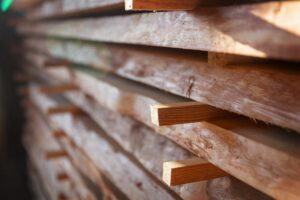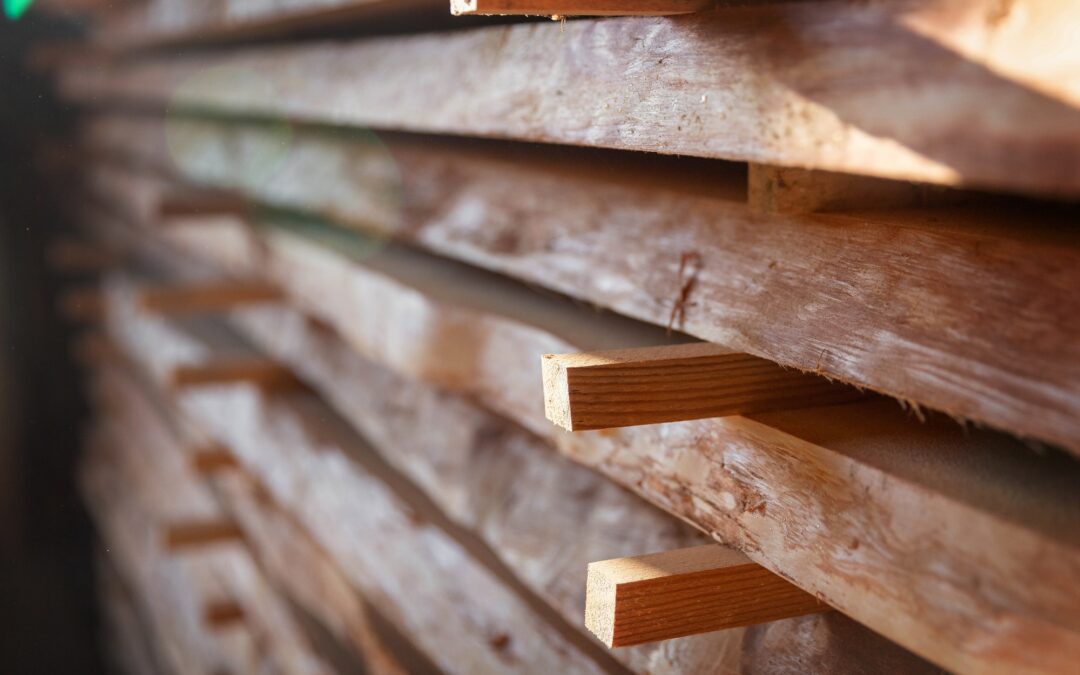 Lumber is a type of wood that serves different structural purposes and is used as a common construction material. Lumber, also known as timber, is used as a protective casing over walls and roofs. It is used for making wall framings, furniture, paneling the walls, and for decorating flooring and ceiling in a home. It is also used for subflooring, underlaying, cladding, and soffits. Lumber is supplied in bulk to the packaging, crating, and construction industries as well as local farms.
Lumber is a type of wood that serves different structural purposes and is used as a common construction material. Lumber, also known as timber, is used as a protective casing over walls and roofs. It is used for making wall framings, furniture, paneling the walls, and for decorating flooring and ceiling in a home. It is also used for subflooring, underlaying, cladding, and soffits. Lumber is supplied in bulk to the packaging, crating, and construction industries as well as local farms.
The Importance of Thorough Drying of Lumber
- Lumber is grown on a wide scale in managed forests. When it becomes fully grown, lumber is harvested. However, it cannot be used as it is because the recently harvested lumber contains some water content. Moist lumber is soft and lacks structural integrity and strength. It has to be dried first under optimal conditions and by using the right methodology.
For large-scale drying of lumber, industrial kilns are used. When lumber is dried, it shrinks in size when the moisture content goes below the fiber saturation point. Hence to prevent any damage, the lumber should be dried under controlled conditions.
- High-end industrial-scale lumber kilns are equipped with design controllers and control panels to monitor the temperature and humidity levels inside the kiln. This prevents over-drying or under-drying of the lumber.
Why is Maintaining Optimal Moisture Content Important?
Lumber is used for different purposes. Depending upon the use, lumber is dried to a certain degree to reach the desired moisture content. This is crucial for lumber to maintain its stability and dimension. Over or under dried lumber becomes deformed and loses strength.
To achieve the desired moisture content, lumber kilns are set to specific readings of heat and humidity. The following examples are notable:
- Lumber that is used for indoor purposes such as for making at-home furniture and musical instruments is dried to a range of 6-8% of moisture content.
- Lumber that is intended for outdoor uses such as framing a house is dried to 17-19% of moisture content.
How To Ensure The Optimal Moisture Content is Attained?
Since achieving optimal moisture content is the desired result of the lumber drying process, we recommend woodworkers use a moisture meter to get accurate results. A moisture meter will track down the moisture content of lumber. Through this, you can calculate the drying rate i.e. how much moisture is lost in one second when temperature and humidity are set to x and y values.
- Once you determine the drying rate for lumber, you can compare it with the ‘safe rate’ available for that species of lumber. The optimal drying rate will differ from species to species and also for the intended use of lumber.
Follow the safe rate when drying lumber pieces that are 1-2 inches thick. Going past the safe rate will cause overdrying of the lumber which can lead to different defects. Since the safe rate is determined through hit and trial, experts recommend that a small sample of lumber should be spared for the purpose of experimentation. This sample should have higher than normal moisture content, be recently harvested, or be a little thicker than the average pieces.
- Once the safe drying rate has been determined and cross-verified with the theoretical safe values, you can safely dry the rest of the batch at the determined rate.
Bol Design Inc presents to you state-of-the-art Package Load, Front Load, Hardwood Lumber Kiln. Designed with corrosion-resistant aluminum and highly-durable materials, these wood kilns are built to last for extended periods of time even during frequent use. With a front-load design, it’s easy to load and unload lumber, decreasing operational time and costs.
To get more information about our lumber kilns and other equipment, call us at 828-754-7001. Our office is located in Hudson, NC.

